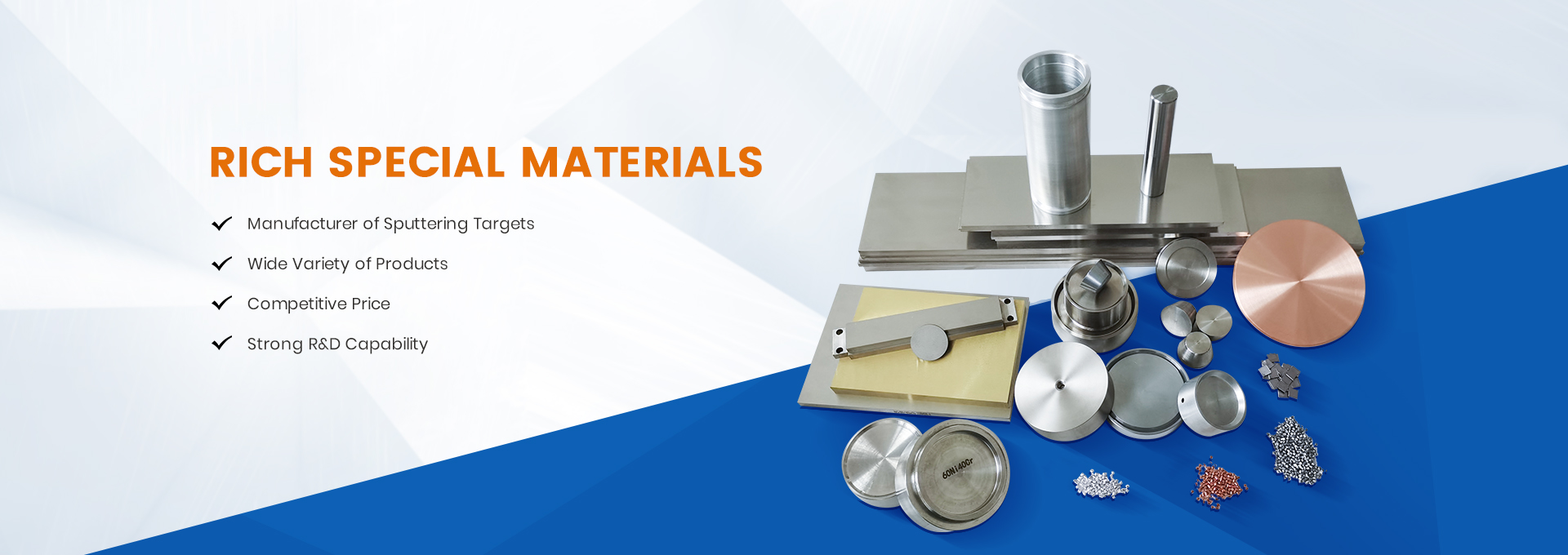A new study in the journal Diamond and Related Materials focuses on the etching of polycrystalline diamond with FeCoB etchant to form patterns. As a result of these improved technological innovations, diamond surfaces can be obtained without damage and with fewer defects.
Research: Spatial selective etching of diamond in the solid state using FeCoB with a photolithographic pattern. Image credit: Bjorn Wilezic/Shutterstock.com
Through the solid-state diffusion process, FeCoB nanocrystalline films (Fe:Co:B=60:20:20, atomic ratio) can achieve lattice targeting and elimination of diamonds in the microstructure.
Diamonds have unique biochemical and visual qualities, as well as high elasticity and strength. Its extreme durability is an important source of progress in ultra precision machining (diamond turning technology) and the path to extreme pressures in the range of hundreds of GPa.
Chemical impermeability, visual durability and biological activity increase the design possibilities of systems that use these functional qualities. Diamond has made a name for itself in the fields of mechatronics, optics, sensors and data management.
In order to enable their application, bonding of diamonds and their pattern create obvious problems. Reactive ion etching (RIE), inductively coupled plasma (ICP), and electron beam induced etching are examples of existing process systems that use etching techniques (EBIE).
Diamond structures are also created using laser and focused ion beam (FIB) processing techniques. The aim of this fabrication technique is to accelerate delamination as well as to allow scaling over large areas in successive production structures. These processes use liquid etchants (plasma, gases, and liquid solutions), which limits the geometric complexity achievable.
This groundbreaking work studies material ablation by chemical vapor generation and creates polycrystalline diamond with FeCoB (Fe:Co:B, 60:20:20 atomic percent) on the surface. The main attention is paid to the creation of TM models for precise etching of meter-scale structures in diamonds. The underlying diamond is bonded to the nanocrystalline FeCoB by heat treatment at 700 to 900°C for 30 to 90 minutes.
An intact layer of a diamond sample indicates an underlying polycrystalline microstructure. The roughness (Ra) within each particular particle was 3.84 ± 0.47 nm, and the total surface roughness was 9.6 ± 1.2 nm. The roughness (within one diamond grain) of the implanted FeCoB metal layer is 3.39 ± 0.26 nm, and the layer height is 100 ± 10 nm.
After annealing at 800°C for 30 min, the metal surface thickness increased to 600 ± 100 nm, and the surface roughness (Ra) increased to 224 ± 22 nm. During annealing, carbon atoms diffuse into the FeCoB layer, resulting in an increase in size.
Three samples with FeCoB layers 100 nm thick were heated at temperatures of 700, 800, and 900°C, respectively. When the temperature range is below 700°C, there is no significant bonding between diamond and FeCoB, and very little material is removed after hydrothermal treatment. Material removal is enhanced up to temperatures above 800 °C.
When the temperature reached 900°C, the etching rate increased twice compared to the temperature of 800°C. However, the profile of the etched region is very different from that of the implanted etch sequences (FeCoB).
Schematic showing visualization of a solid state etchant to create a pattern: Spatially selective solid state etching of diamond using photolithographically patterned FeCoB. Image credit: Van Z. and Shankar M.R. et al., Diamonds and Related Materials.
FeCoB samples 100 nm thick on diamonds were processed at 800°C for 30, 60, and 90 minutes, respectively.
The roughness (Ra) of the engraved area was determined as a function of the response time at 800°C. The hardness of the samples after annealing for 30, 60 and 90 minutes was 186±28 nm, 203±26 nm and 212±30 nm, respectively. With an etch depth of 500, 800, or 100 nm, the ratio (RD) of the roughness of the engraved area to the etch depth is 0.372, 0.254, and 0.212, respectively.
The roughness of the etched area does not increase significantly with increasing etching depth. It has been found that the temperature required for the reaction between diamond and HM etchant is in excess of 700°C.
The results of the study show that FeCoB can effectively remove diamonds at a much faster rate than either Fe or Co alone.
Post time: Aug-31-2023



